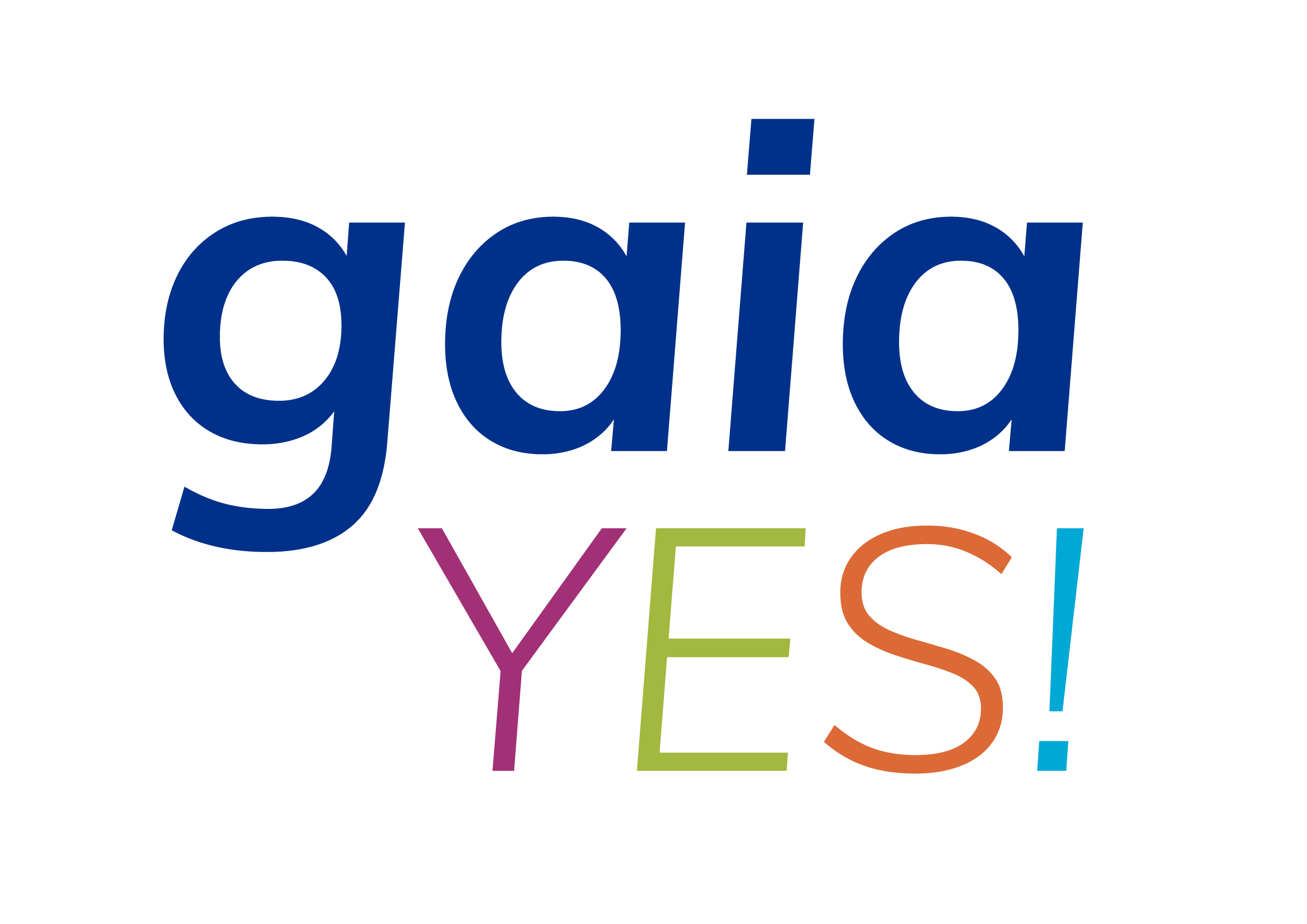S4.3.1 Frida Kahlo
Harry and Diane are visiting the Drents Museum with their class to see the exhibition about Frida Kahlo (1907-1954). The Mexican painter is known for the more than fifty five intimate self-portraits she has made, portraits that give a glimpse into her life. Frida grew into a free-spirited icon who fought for the rights of women and the lgbtq community. Next week, Harry and Diane will get to work on a self-portrait during the handcraft lesson.
Diane and Harry look at the many works of Frida Kahlo. It is as if they are stepping into her life themselves. Frida's life was not easy. She wanted to study to become a doctor, but a serious tram accident on her eighteenth birthday put a stop to her ambitions. Frida had to stay in bed for months to recover from the accident. Her parents hung a mirror above her bed and put an easel next to her bed so Frida could draw herself. Whenever Frida was having a difficult time, she would show her parents how far she had come in her recovery process by painting herself. This period marked the beginning of her painting career. From that moment on, Frida used painting to express, process and represent emotional processes within herself.
"Look", Diane says to Harry, "here Frida is wearing men's clothes. She has painted herself with short hair and a light moustache. I think that's cool!" Harry and Diane often have conversations about being a man and a woman. Diane doesn't really feel like a man or a woman. She is, as they say, non-binary. Harry has been in love with a man. He likes hanging out with Diane, because he feels that she really understands him. Many boys in his class don't. They bully him and make nasty remarks about him being gay. Secretly Harry is also a bit in love with Diane. But Diane is not at all concerned with falling in love. So he keeps quiet about it and just enjoys the time they have together.

